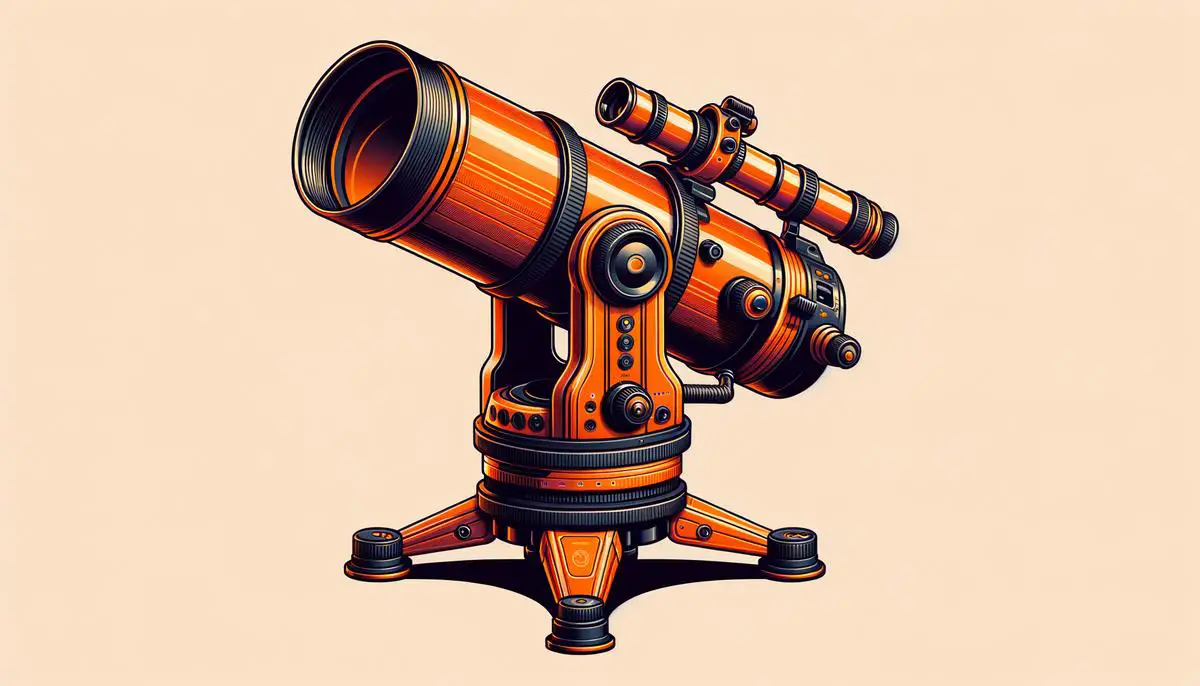Stepping into the world of celestial photography opens the door to an experience as limitless as the cosmos itself. From the veteran stargazer to the budding astronomer, discovering the ideal telescope can transform a nightly viewing into a universe of discovery. The choices are vast, but a select few have proven to be treasures of the night sky, offering precision, clarity, and a gateway to the stars. Whether it’s capturing the craters of the moon or the swirls of a distant galaxy, these telescopes are built for the ultimate skywatching journey.
The Celestron NexStar 8SE Computerized Telescope
Embark on a Stellar Journey with the Latest Tech
The universe has fascinated us for centuries, and now we’re on the brink of exploring its depths like never before. With the advancement in technology, cosmic exploration has not just remained in the realm of astronauts and telescopes. Here’s how you can get up close and personal with the stars from the comfort of your own home.
- Virtual Reality Goes Galactic: Strap on a VR headset and prepare for a mind-blowing experience. Virtual reality now offers simulations that’ll take you from the snowy plains of Pluto to the stormy atmosphere of Jupiter. It’s all within reach and startlingly real.
- Apps That Turn Your Phone into a Window to the Stars: Just aim your smartphone at the night sky, and apps like Star Walk or SkyView guide you through constellations, planets, and satellites. A personal planetarium in your pocket, how cool is that?
- Telescopes That Connect to Wi-Fi: Forget fiddling with lenses; modern telescopes can now be controlled with an app. Find celestial objects with a tap on your screen and watch as the telescope aligns itself perfectly. They even come with built-in cameras to capture those stellar sights.
- Satellite Internet for Remote Observations: In areas where internet coverage was once spotty, satellite internet services are changing the game. No matter how remote, you can share data with fellow astronomers and stream cosmos content to your heart’s content.
- Cosmic Podcasts and Audiobooks: Whether you’re doing chores or just lying back with your eyes closed, let narrators take you on an auditory space expedition. From the history of spaceflight to the latest in astrophysics, your audio feed can be a treasure trove of cosmic knowledge.
- Wearable Fitness Tech with a Space Twist: Tracking steps is old news – how about tracking your vitals under simulated space conditions? Next-gen wearable tech can let you engage in astronaut-style training programs right in your neighborhood.
- Social Media Groups and Online Communities: There’s a galaxy of space enthusiasts online. Join forums, participate in discussions, or follow social media accounts dedicated to space tech and exploration. Share pictures, seek advice, and connect with fellow stargazers.
With tech transforming at warp speed, who knows where the next breakthrough will take us? There’s a whole universe to explore, and the ticket is in our hands – or more accurately, in our living rooms. So, grab your gadget of choice and get ready to tour the cosmos like never before.
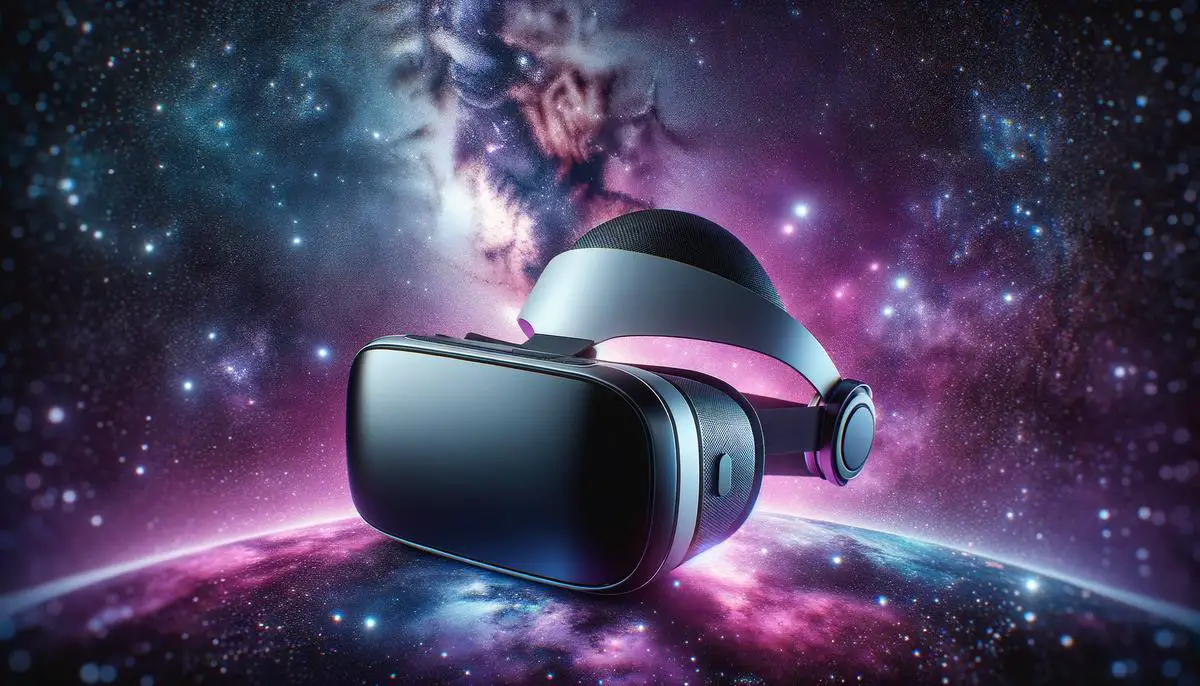
The Sky-Watcher Evostar 120 APO Doublet Refractor
Stargazing gear essentials can spark a world of wonders at your fingertips. Imagine this: You’re nestled in your backyard, the hum of the city a distant whisper. Above, the velvet sky teems with twinkling secrets, ancient light bathing you in stories from thousands of years past. To unlock this cosmic treasure trove, you’ll need the right tools for the task. Here’s what should make your list.
Start with a solid star chart.
Yes, in this digital age, a physical star map has unbeatable charm. Function meets nostalgia as you trace constellations with your finger, learning the patterns that have guided explorers throughout time.
A potent, portable tripod-mounted telescope ushers you closer to the celestial dance. Opt for one with a computerized “GoTo” mount—after a simple alignment, select any star or planet from the database and watch as your scope whirs to life, centering the chosen object in your view. It’s the intersection of the ancient and the innovative.
Low light pollution is key for pristine night-sky viewing. Seek out a LED headlamp with a red-light mode. This nifty gadget allows for map-reading and equipment handling without compromising your night vision or the views above.
Binoculars shouldn’t be underestimated. A pair with a good grip and coated lenses does wonders, offering wide fields studded with stars. Sometimes the best views are had with both feet on the ground and a lightweight option in hand.
Meteor shower? Catch every streak with a wide-angle, manual focus camera lens. A bit of patience, a solid tripod, and you might just capture a shooting star’s fleeting kiss across the night sky.
Remember: catching a glimpse of the cosmos doesn’t require tech with more buttons than your TV remote. Simplicity meets functionality in this intentionally curated selection, crafted for those who seek the stars. Whether you’re a casual observer who delights in the moon’s phases or an amateur astronomer chasing nebulae, this compilation is your ticket to the universe. So, tilt your head back, let your eyes adjust, and get lost in the grandeur of the cosmos – no scrolling required.
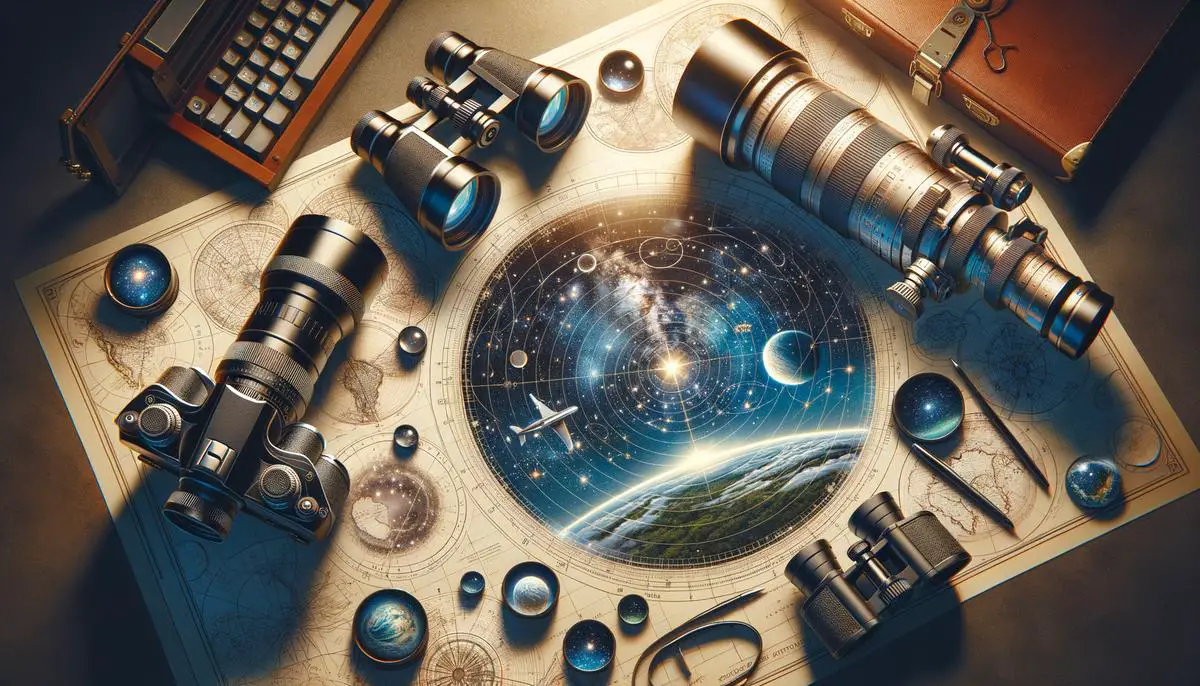
The Orion SkyQuest XT10g GoTo Dobsonian Telescope
Ready to elevate your stargazing experience with a sprinkle of tech? Imagine a telescope that not only boasts a classic design—brass finishes, wooden tripods, and precision glass—but also syncs seamlessly with the latest gadgets. This dream device caters to both the nostalgia of seasoned astronomers and the tech-savvy curiosity of the new age skywatcher.
With a nod to tradition, our envisioned telescope integrates smart features discreetly. Imagine a built-in laser pointer guiding you to constellations, a feature once reserved for planetariums now nestled in your backyard. Fancy tracking a comet? A gentle tap on your smartphone and the telescope’s motors whir to life, slewing to the right spot in the heavens.
Consider the harmony between old and new as a tracking system finely tunes itself to the Earth’s rotation, a silent dance choreographed by miniaturized modern mechanics. Not to overlook the connectivity that lets you share your cosmic finds on social media with just a few clicks, bringing the age-old practice of stargazing into the communal digital era.
Yet, even with its smart capabilities, the telescope encourages you to absorb the night sky’s majesty, unfiltered through algorithms or lens. It invites the amateur astronomer to delve into the universe’s depth while enjoying the convenience of modern technology. So, when it comes to observing the expanse of space, you can have the best of both worlds—a telescope that respects the art of astronomy while embracing the future’s promise.
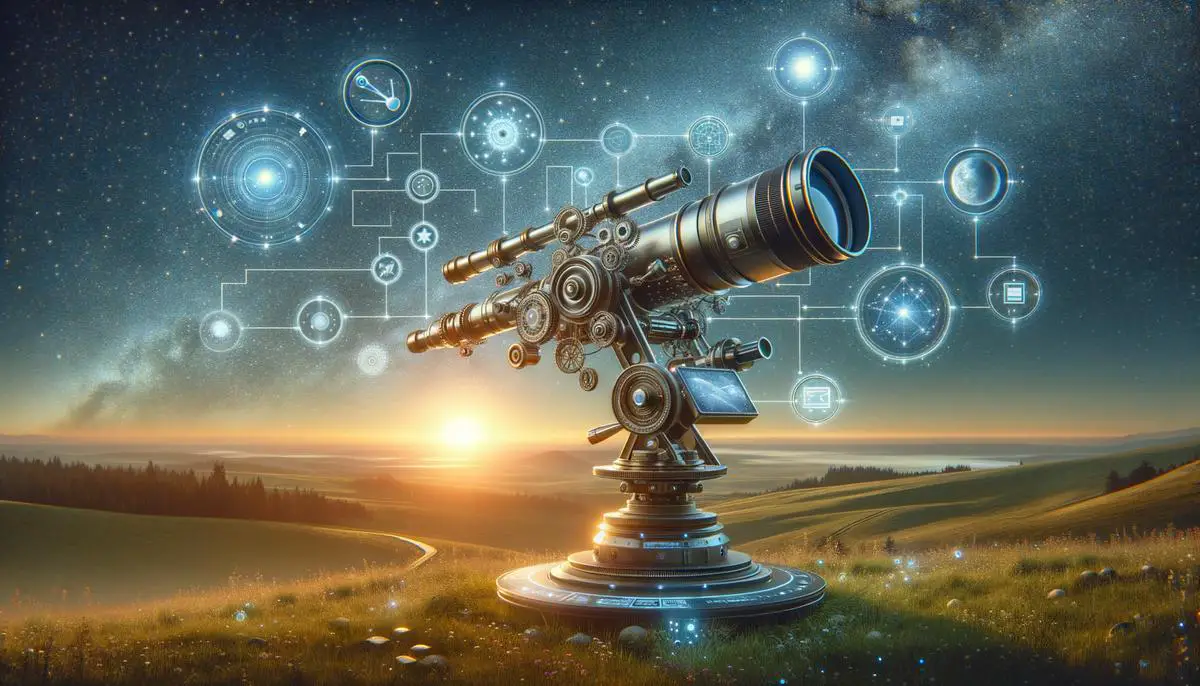
The Meade Instruments LX85 ACF Telescope
Imagine the thrill of capturing the Milky Way’s spiraling beauty or the sudden streak of a meteor passing through the night sky—all from the comfort of your backyard. With today’s advanced telescopes designed for astrophotography, you don’t need a PhD in astrophysics to snap breathtaking celestial shots. Here’s why you should consider one of these user-friendly sky-watchers:
- Real-time Imaging Brilliance: Enjoy the marvels of modern sensors that bring faint nebulae and distant galaxies to vivid life. These scopes do the heavy lifting, pulling in starlight and processing it into crisp, clear images, revealing the textures of the cosmos with striking clarity.
- User-Friendly Software Integration: Gone are the days of fiddly knobs and complex alignment procedures. Software-driven telescopes simplify astrophotography with intuitive programs that handle all the technical details, allowing you to focus on the fun part: capturing the stars.
- Auto-Align to the Heavens: The right telescope silently whirls to life, employing sophisticated alignment algorithms that effortlessly point your lens toward celestial bodies. It’s like having your personal astronomy assistant who never gets tired, pointing out the night’s best features.
- Celestron Starsense Explorer Technology: Picture a setup where your phone guides you through the cosmos. Celestron’s Starsense Explorer range makes this a reality. Just dock your smartphone, and you’re moments away from mapping the heavens with your camera’s eye.
- Sky-Watcher’s Virtuoso Mount: This mount frees you from manual tracking woes. It’s designed to follow the sky’s rotation, ideal for long-exposure astrophotography where precision is key, ensuring stars appear as sharp pinpoints rather than blurry trails.
- Nikon’s ‘Astro Recognition’ Innovation: Why settle for normal photography gear? Nikon explores niche interests with DSLR features tailored for the astronomer at heart. Expect less noise, more sensitivity to light, and presets that favor celestial conditions.
- Join the Global Astronomy Community: Share your stellar snapshots directly from your telescope via built-in Wi-Fi. Connect with astrophotographers worldwide, exchange tips, and celebrate the cosmos together.
Excited to venture into the world of astrophotography? Remember, you’re not looking for the most complex equipment but for the smartest telescope that brings distant cosmic wonders within a click’s reach. Embrace the night sky, camera at the ready!
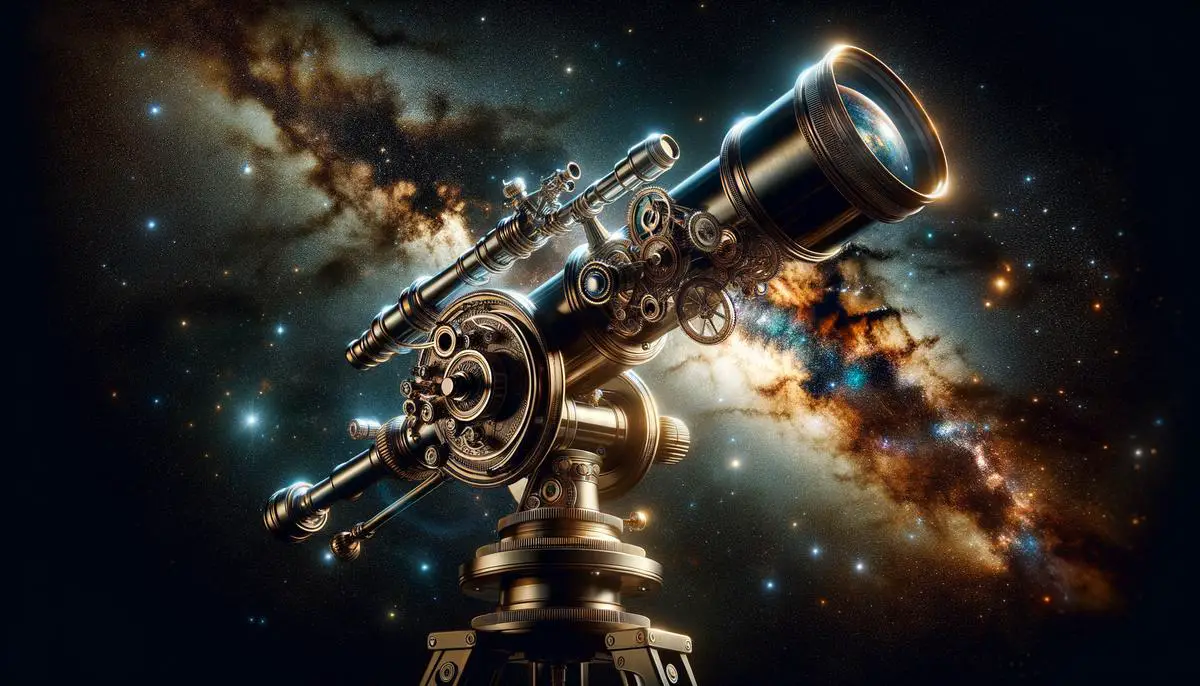
The sky’s riches await those armed with the right tools to unveil its mysteries. Each of these telescopes offers something unique for the starry-eyed photographer, from the NexStar’s ease of use to the LX85 ACF’s professional optics. Space is a vast frontier, and with technology advancing, now is a brilliant time for anyone to reach out and touch the universe from their backyard. The perfect celestial shot is not just about the gear; it’s also about the moment when the heavens align, and your passion for the stars becomes immortalized through your lens.
![]()
